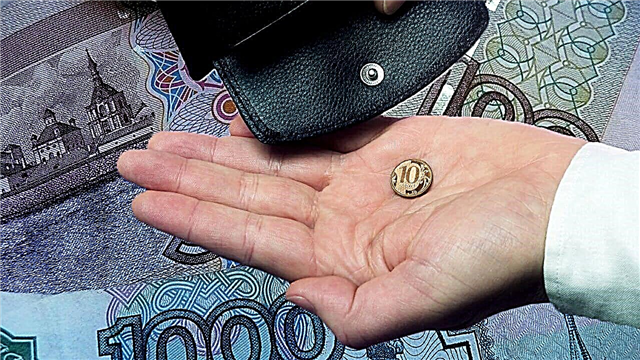What would you spend 45-50 thousand rubles received in addition to the main income? It was with this question that the respondents asked the specialists of the All-Russian Center for the Study of Public Opinion.
After examining the responses of 1,600 respondents, they compiled rating of investment preferences of Russians in 2013. All the answers were grouped by analysts into five main types of spending: consumption, savings, insurance, investment and debt recovery.
5. Debt recovery (11% of respondents)
 The Russians are in no hurry to pay off the loan ahead of schedule or repay a debt to a neighbor. This type of financial behavior was the most unpopular. This research has been conducted by VTsIOM since 2004, and the return on debts invariably attracts the smallest number of respondents.
The Russians are in no hurry to pay off the loan ahead of schedule or repay a debt to a neighbor. This type of financial behavior was the most unpopular. This research has been conducted by VTsIOM since 2004, and the return on debts invariably attracts the smallest number of respondents.
4. Savings (14% of respondents)
 Of those who preferred this strategy, 12% of respondents would prefer to save money in order to save up for a major purchase over time: an apartment or an expensive car. Another 2% would prefer to save money through the purchase of gold, jewelry, jewelry.
Of those who preferred this strategy, 12% of respondents would prefer to save money in order to save up for a major purchase over time: an apartment or an expensive car. Another 2% would prefer to save money through the purchase of gold, jewelry, jewelry.
The attractiveness of the savings strategy begins to decline somewhat - it reached its peak of popularity in 2007-2008.
3. Investing (19% of respondents)
 About 14% of respondents would put money in a bank or purchase securities. 45-50 thousand rubles would be invested in their own business by 4% of respondents, and 1% prefers to spend money on their own education: advanced training and the acquisition of new skills.
About 14% of respondents would put money in a bank or purchase securities. 45-50 thousand rubles would be invested in their own business by 4% of respondents, and 1% prefers to spend money on their own education: advanced training and the acquisition of new skills.
Investing in order to generate income is most popular among respondents in the age group of 25-34 years.
2. Insurance (41% of respondents)
 One of the most popular options in rating of investment preferences of Russians in 2013 - it is “safe” and set aside money “for a rainy day”, “in reserve”. That is exactly what 28% of respondents answered. About 12% of respondents would spend money on treatment, including the purchase of a voluntary health insurance policy. The acquisition of other types of insurance policies, as well as additional pension benefits attract 1% of respondents.
One of the most popular options in rating of investment preferences of Russians in 2013 - it is “safe” and set aside money “for a rainy day”, “in reserve”. That is exactly what 28% of respondents answered. About 12% of respondents would spend money on treatment, including the purchase of a voluntary health insurance policy. The acquisition of other types of insurance policies, as well as additional pension benefits attract 1% of respondents.
1. Consumption (57% of respondents)
 Since 2004, consumption has been the leading financial strategy every year.
Since 2004, consumption has been the leading financial strategy every year.
The purchase of various things for the home would have spent the indicated amount of 28% of Russians. 13% of respondents spoke for the development of children and their education, 8% will spend money on entertainment and travel, and another 8% are able to add funds and buy a car or land.
The most active “consumers” were respondents from 18 to 34 years old. Moreover, the youngest respondents aged 18 to 24 years are more likely than others to spend on travel and entertainment.












